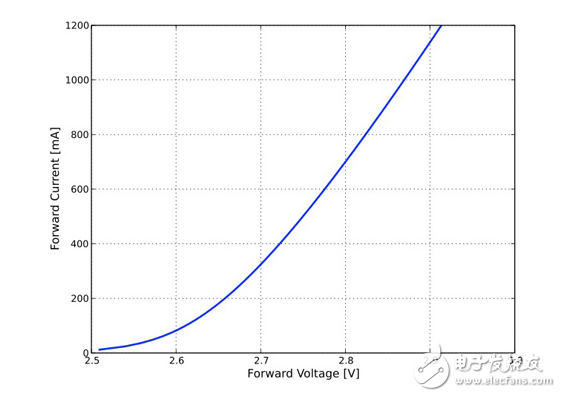
资料下载

PWM调光下的led色彩漂移
PWM调光下的led色彩漂移
由于固态照明的相关色温(CCT)随电压的变化而变化,发光二极管(LED)对传统照明所采用的模拟方法要求不同的调光技术。这样的颜色变化可以被消费者察觉,并破坏了对发光二极管质量的要求。
建立的方法是避免模拟调光在数字技术如脉冲宽度调制(PWM)支持。制造商声称使用PWM确保LED在调光过程中不受颜色变化的影响。
然而,最近的研究表明情况并非如此,因为不同的PWM占空比改变了LED的结温,而结温本身也能改变芯片发出的颜色(色度)。
本文回顾了PWM调光,仔细研究了它对结温的影响,并考虑到消费者是否察觉到色度的任何变化。

Driving and dimming LEDs
The efficient operation of an LED relies on a carefully managed power supply because the devices feature a non-linear forward voltage/forward current relationship.
An LED is, as the name states, a form of diode. In normal operation, a constant forward voltage of sufficient magnitude (typically with the LED in series with a resistor) such that the device is operating in its (narrow) conduction region, is applied. Forward voltages for commercial high-brightness devices vary, depending on whether the chip is a low-, medium-, or high-voltage device, but a typical operational range for a low-voltage device would be 2.7 to 3 V.
The forward current determines the relative luminous flux (essentially the brightness) of the LED. Figures 1a and 1b illustrate the forward voltage versus forward current and forward current versus relative light output for a Philips Lumileds Luxeon TX LED. This chip produces 289 lm at 1 A and 101 lm/W (at 700 mA/2.8 V)。
声明:本文内容及配图由入驻作者撰写或者入驻合作网站授权转载。文章观点仅代表作者本人,不代表电子发烧友网立场。文章及其配图仅供工程师学习之用,如有内容侵权或者其他违规问题,请联系本站处理。 举报投诉
- 相关下载
- 相关文章






